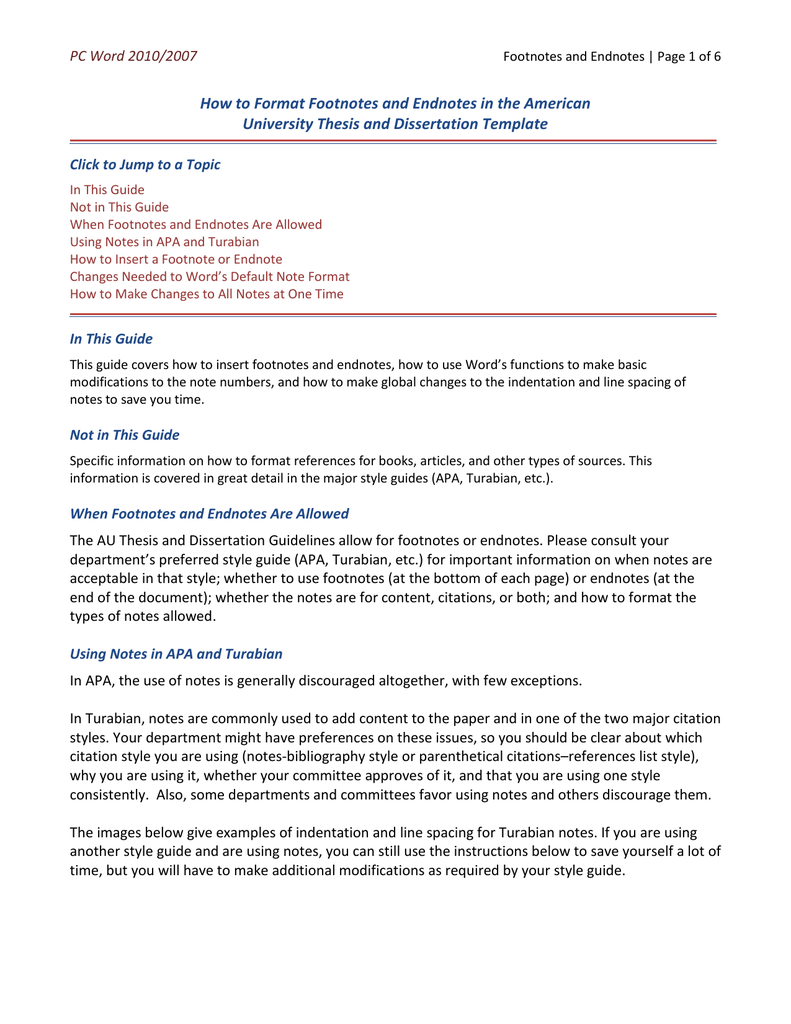

For example, you might use a larger font for chapter headings, bold for section headings, and italics for subheadings: If you use different levels of heading (e.g., chapters, sections, subheadings), make sure your presentation makes clear which type of heading each one is.Īll headings of one level should be presented the same way, and higher-level headings should stand out more from the text. Headings should use headline capitalization: The title page should not have a page number, but should be included in the page count-in other words, the page numbering starts on page 2. Each new piece of information appears on a new line. If you have a subtitle, the main title ends with a colon and the subtitle appears on the following line, also in bold and the same size as the main title.Ībout ⅔ of the way down the page, add any information your instructor requests you to include-your name, student code, the course name and code, the date, etc. The title should appear about ⅓ of the way down the page, in headline capitalization and in bold. Page numbers can be placed either in the top right or the bottom center of the page-one or the other, not both.Ī Chicago title page isn’t required-often it’s sufficient to just include your title at the top of the first page-but if you’re asked to include one, Turabian provides guidelines for how to present it.Īll text on the title page should be center-aligned and double-spaced, and written in the same font as the rest of your text. Text should be left-aligned and not “justified” (meaning that the right margin should look ragged). The main text should be double-spaced, and each new paragraph should begin with a ½ inch indent.


Use margins of at least 1 inch on all sides of the page.


 0 kommentar(er)
0 kommentar(er)
